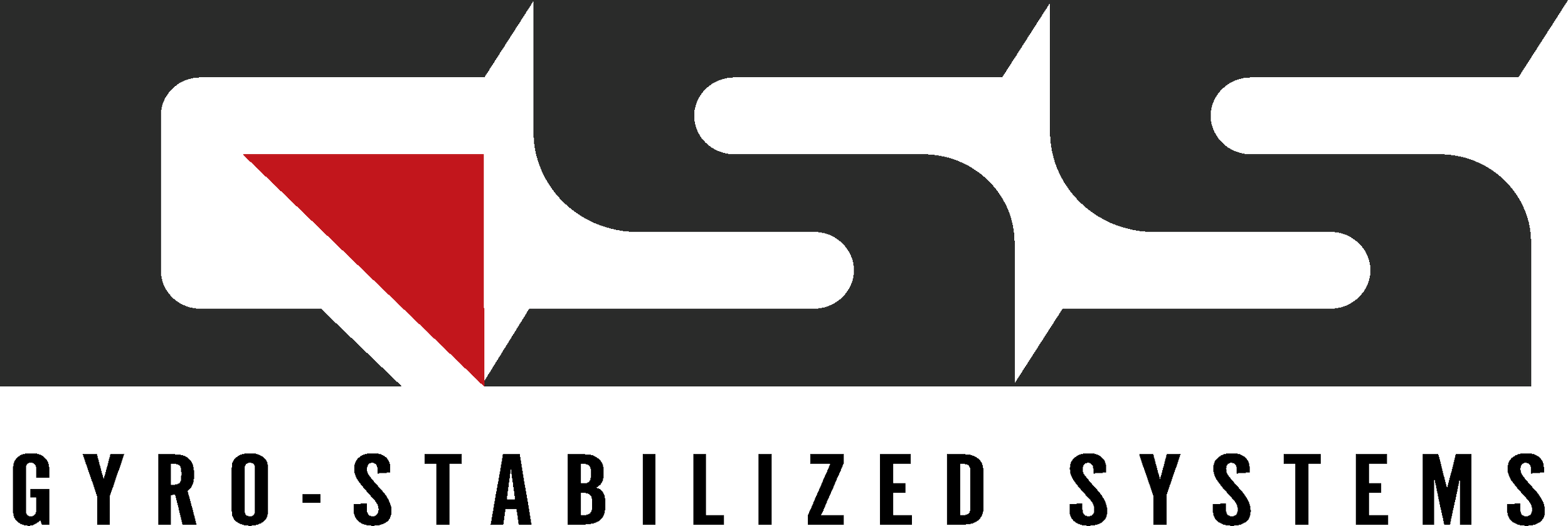Dispelling Common Myths about Helicopter Utility Inspection Flights
As a gimbal designer and manufacturer working with some of the most influential utility companies and helicopter inspection businesses in the world, we often hear the same misconceptions repeated over and over. Our intention is to clear up the confusion surrounding helicopter utility inspection flights and make a case for the accuracy, efficiency and advanced technology that comprises our U416 gimbal.
Myth #1: Drones are replacing helicopters for utility inspection.
Au contraire, mon frere. The most advanced professional inspection methods conducted by highly reputable utility providers include a combination of helicopters and drones. Each technology has a unique role in the collection and processing of an immense set of data. With technological advancement of cameras and sensors, the birds-eye swoop provided by a helicopter with the right technology can pinpoint where further assessment is needed.
Myth #2: It’s too expensive.
Flying at higher altitude means you can capture data with faster flight speeds covering miles and miles of powerlines in a very short time. The camera technology has advanced to a degree of resolution that enables most AI post processing programs to quickly identify issues and direct attention to the exact geo-tagged spot where the problem was identified. Covering vast distance in one flight can save thousands of dollars while providing a wealth of data on the coverage area. From this angle, you can’t afford not to.
Myth #3: Autonomous gimbal operation doesn’t exist.
Yes and no. Technology has changed the game on this one. While the gimbals are not fully autonomous (yet), there are autonomous features that greatly assist the user experience. The combination of the GSS GeoPro™ providing spot-on inertial navigation with the ability to overlay data sets in the form of KML files creates a simple and smooth flight for both the operator and the pilot. While highly autonomous, an operator is needed to oversee the process and make occasional adjustments to ensure KML overlays are matched with the object and every unique asset is accurately captured and recorded. The end result is highly accurate, geo-tagged, mission-critical information captured effectively and efficiently.
Other features include auto-slew in which the cameras and sensors automatically advance from pole to pole capturing images on each including HD video, 4K high resolution stills, IR images and either Corona or OGI images. All this information in one flight delivered machine-learning ready for AI downstream processing. It’s that simple.
GSS U416 for Power line and Pipe line inspection, Gas Leak Detection and more.
For more information on the GSS U416 and inspection gimbals, click here.




